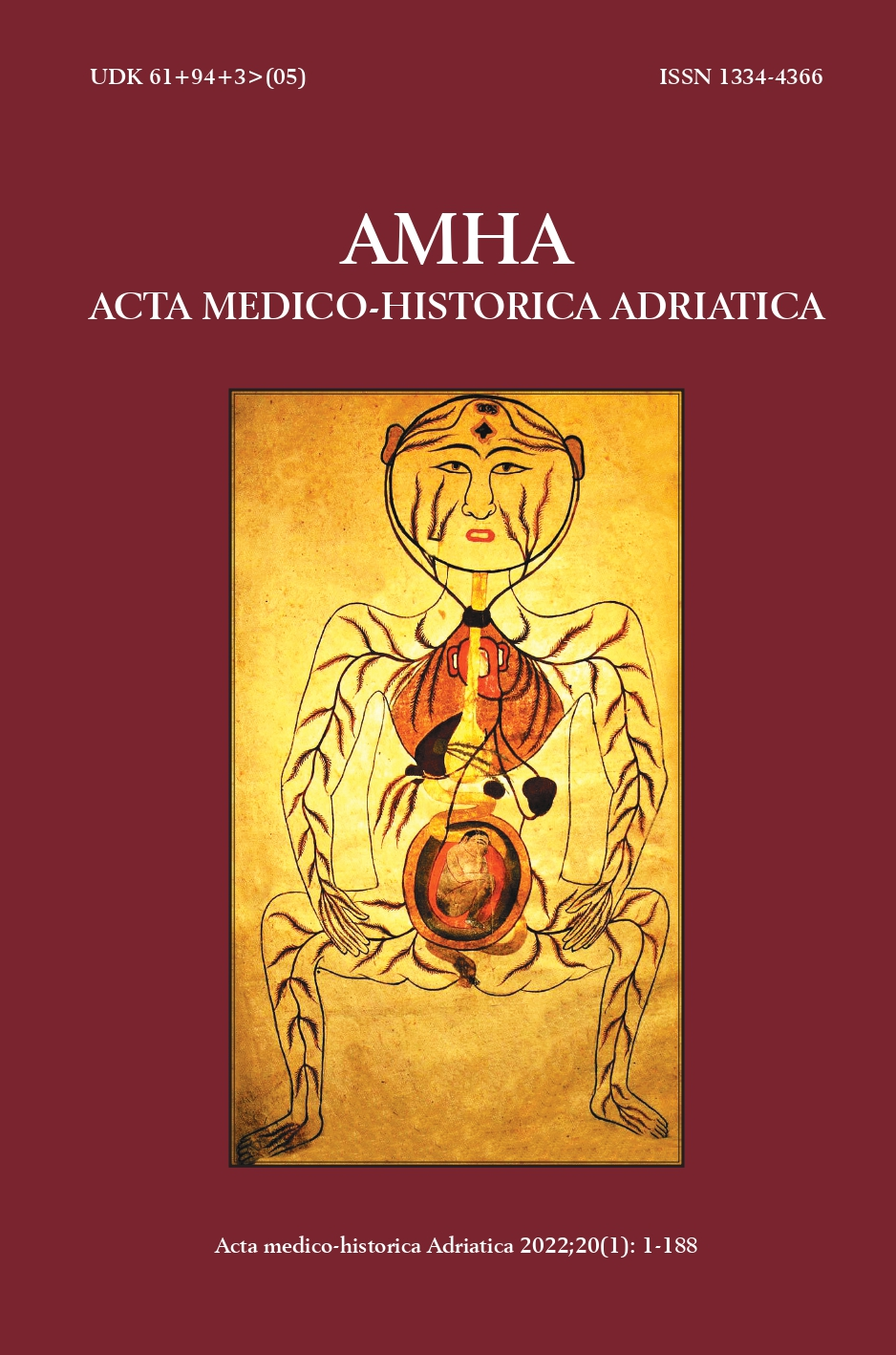PRIKAZ SAMOUBOJSTAVA U DNEVNOM TISKU U DALMACIJI IZMEĐU DVA SVJETSKA RATA
Keywords:
suicide, Dalmatia, interwar period, newspapers, imitationsAbstract
https://doi.org/10.31952/amha.20.1.5
The paper analyzed texts of newspaper reports of suicides in Dalmatia that occurred in the period between the two world wars. Words used in headlines were analyzed separately. Suicides were statistically analyzed according to age, gender, method, location, and monthly distribution.
Most of the cases were reported during May and June. During 1936 and 1937, there was a rapid increase of suicides in media coverage. There is no evidence that the number of suicides really increased during these years. Statistics show the existence of gender preferences for certain suicide methods. The morning was the most common time of day for suicide in Dalmatia. Newspapers were inappropriate according to today’s WHO instructions. Texts were full of details, the romanticization of suicide and violation of deceased person’s privacy. Results of the research showed that news reports did not cause mass suicide imitations. However, there are cases of individual imitations. In some micro-locations (smaller settlements and their surroundings), there is evidence that some cases were influenced by earlier suicides. However, the time period between original and imitated cases varies from few weeks to ten years. This shows that time is not variable in imitations performed in micro-locations


